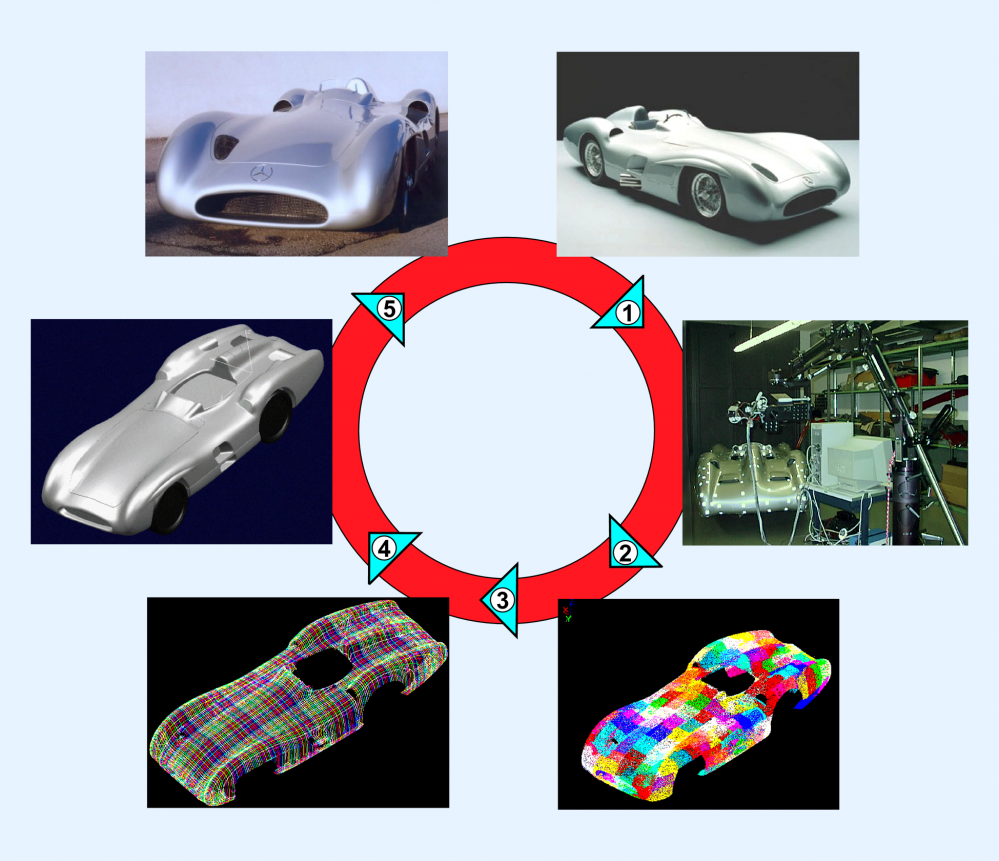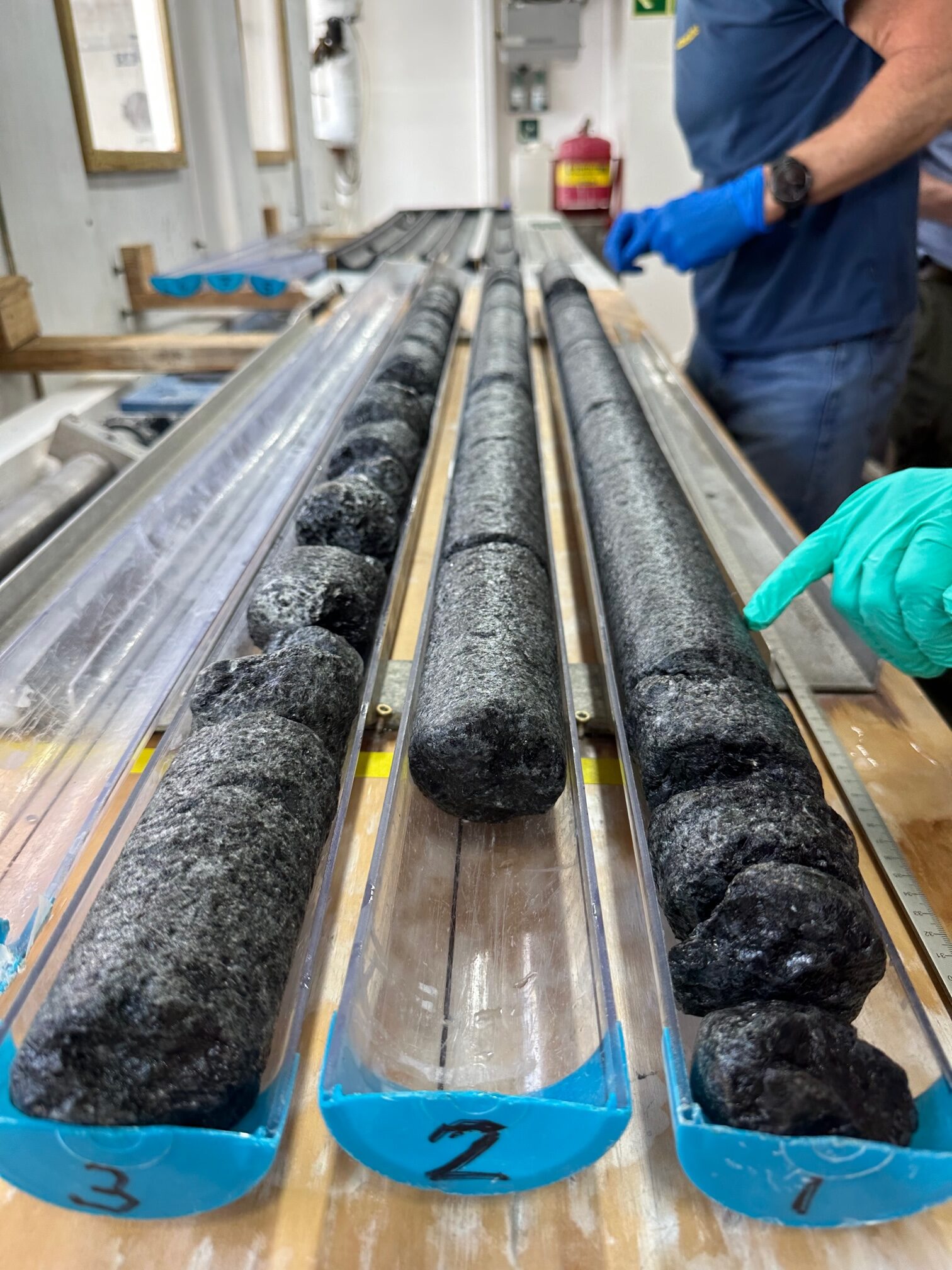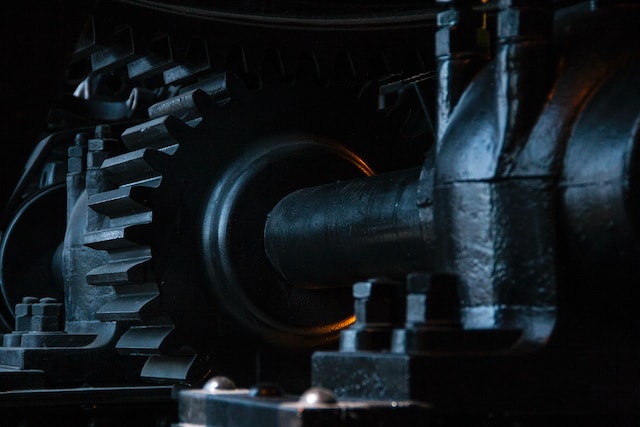Recent reports suggest that as soon as a product idea shows up on Kickstarter, if the idea has any merit, within a matter of two or three months that product is for sale in China. Forget about posting an idea on Kickstarter and expecting people to marvel at your originality or respect your rights as the originator. The Chinese have become masters at reverse engineering (RE) which is the disassembly of a product so that it can be analyzed in detail to re-create the process by which it was manufactured. The ethics of reverse engineering is covered in NC State’s Ethics of Computing course which is typical of courses taught at universities around the US and the world.
One famous story about World War II tells of the Japanese shooting down Allied planes and using them as learning tools. Within a short period of time, the Japanese were confident that they could make warplanes as good as or better than their enemies. There is an active Reverse Engineering forum on Reddit where engineers and software programmers go to list projects they’re currently working on or thinking about.
3D Printing Facilitates Reverse Engineering
3D scanning and printing are now being used worldwide in a wide range of industries including aerospace, energy, and transport to help designers and manufacturers replace and improve the parts of any tangible product. All that is needed is a 3D scanner, and when an object is scanned, a CAD file is automatically produced. This CAD file can be used to make a copy of the scanned object which is 3D printed in whatever material is desired.
The following video shows a reverse engineering 3D printing demonstration.







